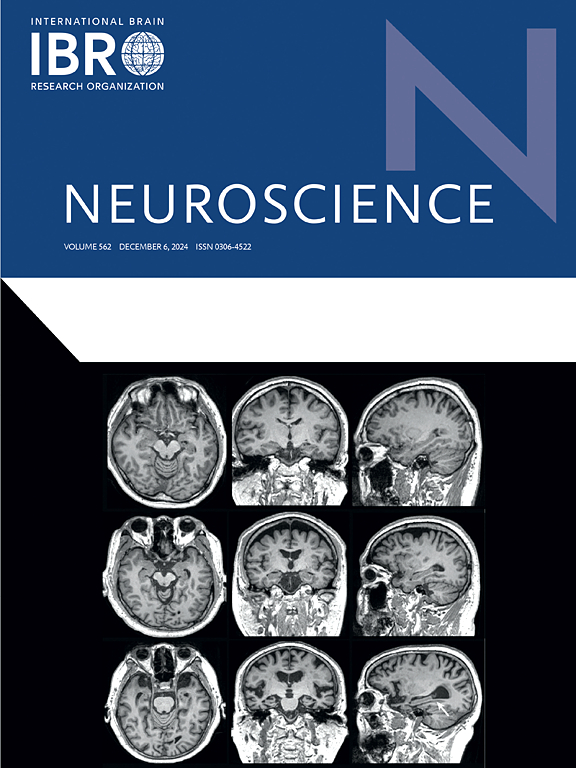A hybrid network based on multi-scale convolutional neural network and bidirectional gated recurrent unit for EEG denoising
IF 2.9
3区 医学
Q2 NEUROSCIENCES
引用次数: 0
Abstract
Electroencephalogram (EEG) signals are time series data containing abundant brain information. However, EEG frequently contains various artifacts, such as electromyographic, electrooculographic, and electrocardiographic. These artifacts can change EEG waveforms and affect the accuracy and reliability of neuroscientific studies. Recent research has demonstrated that end-to-end deep learning approaches are highly effective in removing artifacts. Despite the widespread use of convolutional neural networks (CNN) for this task, their inability to capture multi-scale and time-dependent features impacts overall denoising performance. Therefore, we propose a hybrid network based on multi-scale CNN and bidirectional gated recurrent unit (MSCGRU) to address those issues. MSCGRU, an improved generative adversarial network, comprises a generator and a discriminator. Firstly, we design a multi-scale convolution module to extract different frequent features from EEG signals. Next, we employ a channel attention mechanism to selectively emphasize important channels and suppress irrelevant ones, enhancing extracted features’ discriminative capability. Then, BiGRU is utilized to extract time-dependency features. The discriminator, a multi-layer convolutional structure, measures the similarity between generated EEG and clean EEG, further improving denoising performance. We compare MSCGRU with other denoising models on publicly available datasets. For electromyographic artifacts, MSCGRU achieves a relative root mean square error of , a correlation coefficient of , and a signal-to-noise ratio of . Results demonstrate that MSCGRU outperforms other models. This paper provides a new method to reconstruct clean EEG and may further benefit the EEG-based diagnosis and treatment.
求助全文
约1分钟内获得全文
求助全文
来源期刊

Neuroscience
医学-神经科学
CiteScore
6.20
自引率
0.00%
发文量
394
审稿时长
52 days
期刊介绍:
Neuroscience publishes papers describing the results of original research on any aspect of the scientific study of the nervous system. Any paper, however short, will be considered for publication provided that it reports significant, new and carefully confirmed findings with full experimental details.
 求助内容:
求助内容: 应助结果提醒方式:
应助结果提醒方式:


